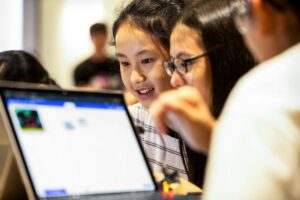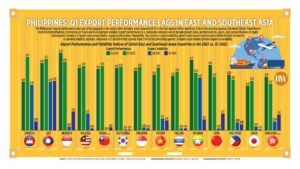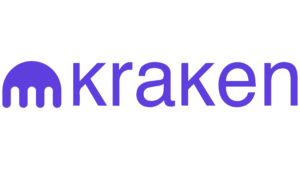Microsoft includes Filipino in reading literacy tool

Microsoft Corp. has included the Filipino language in an artificial intelligence–powered tool that tracks the reading fluency of students.
“Inclusive skills development and learning are at the core of our work around education. Filipinos’ innate English proficiency sets us apart within the global workforce, but equally important is our proficiency in our mother tongue,” said Clarissa Segismundo, Microsoft Philippines education programs head, in an Oct. 28 press statement.
The Reading Progress tool, which is free and built into Microsoft Teams, tracks accuracy, speed, and pronunciation.
It is now available to the 27 million students and 950,000 teachers within the Department of Education’s (DepEd) nationwide system.
The tool was designed to help teachers connect with students on an individual level and identify opportunities for differentiated instruction. It has functions such as assignment review, dashboards for education insights, and can be used on any platform, including desktop, Mac, web, iOS, and Android.
“The availability of Filipino and local dialects in the Reading Progress tool will empower all our students to develop strong literacy skills for success in and beyond the classroom,” Ms. Segismundo added. “Microsoft will continue to introduce innovations and support the education sector to create sustainable impact toward skilling the nation and its future workforce.”
According to the DepEd, students begin their education in the language they understand best — their mother tongue.
The tool will aid the DepEd’s Mother Tongue-Based Multilingual Education (MTB-MLE) program, which involves the using the mother tongue as the language of instruction from kindergarten to year three (K-3), with the official languages Filipino and English being introduced as the language of instruction thereafter.
“Constant practice in reading Filipino passages and in mother tongue will also help my learners improve reading fluency,” said Divina Gracia Barrion Cuya, who teaches first grade Special Science in Albay’s Tiwi Central School.
The Philippines has more than 180 local languages. — Patricia B. Mirasol




